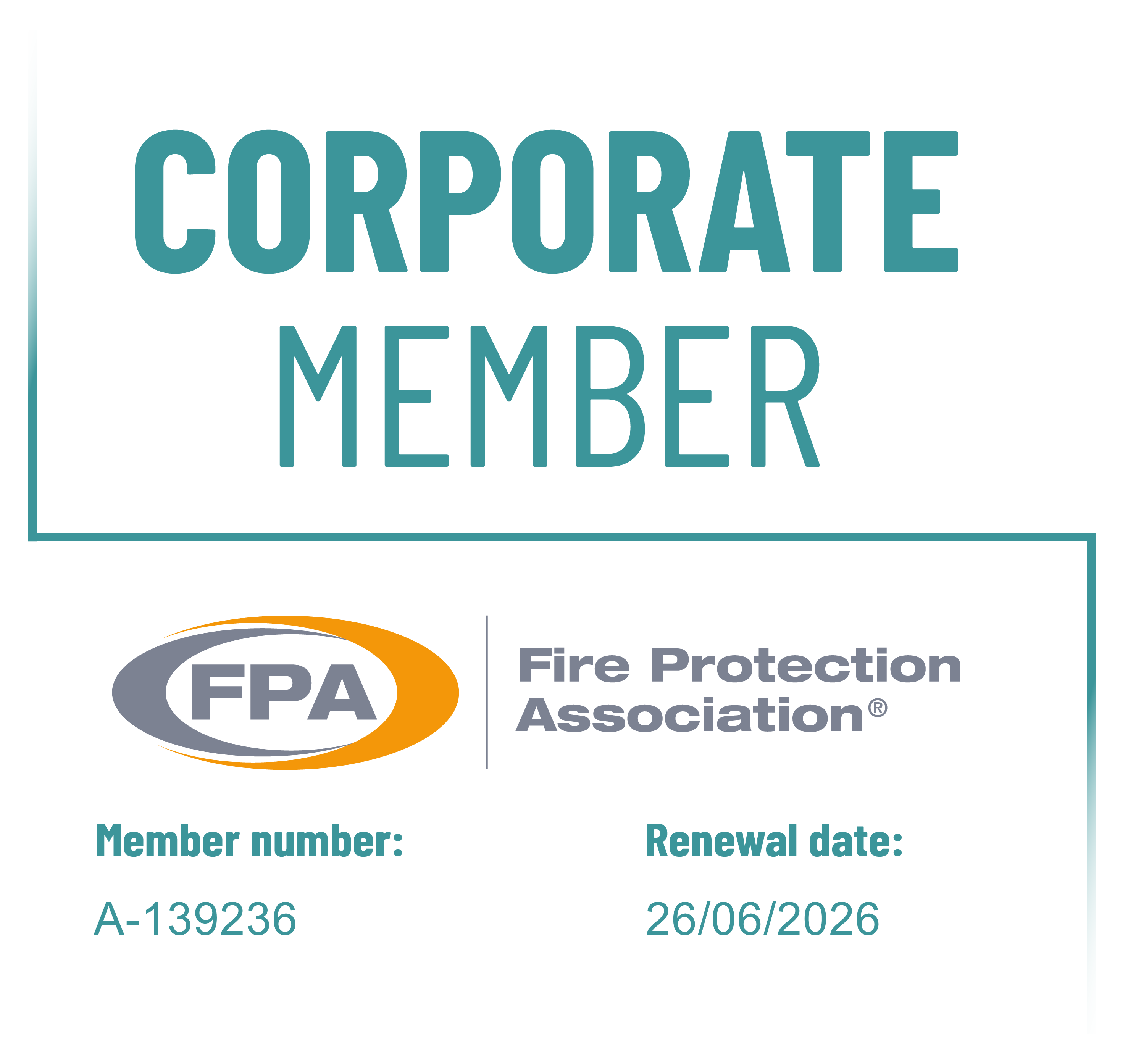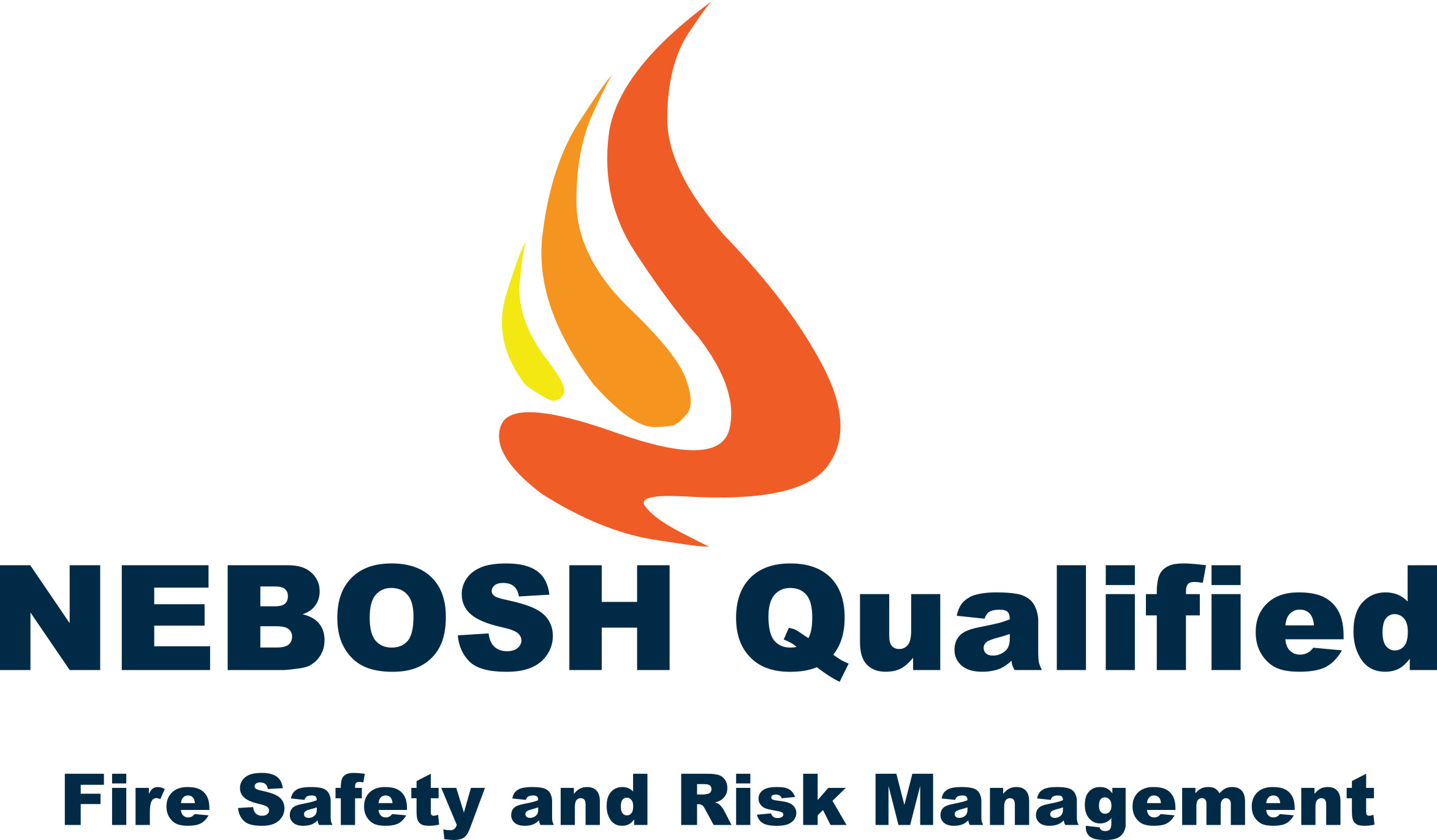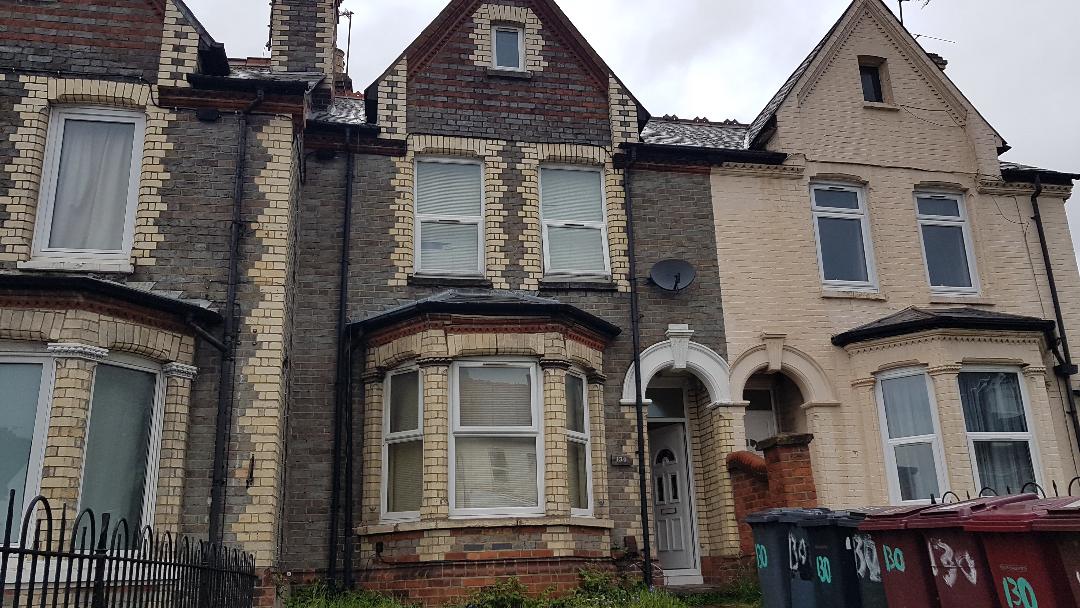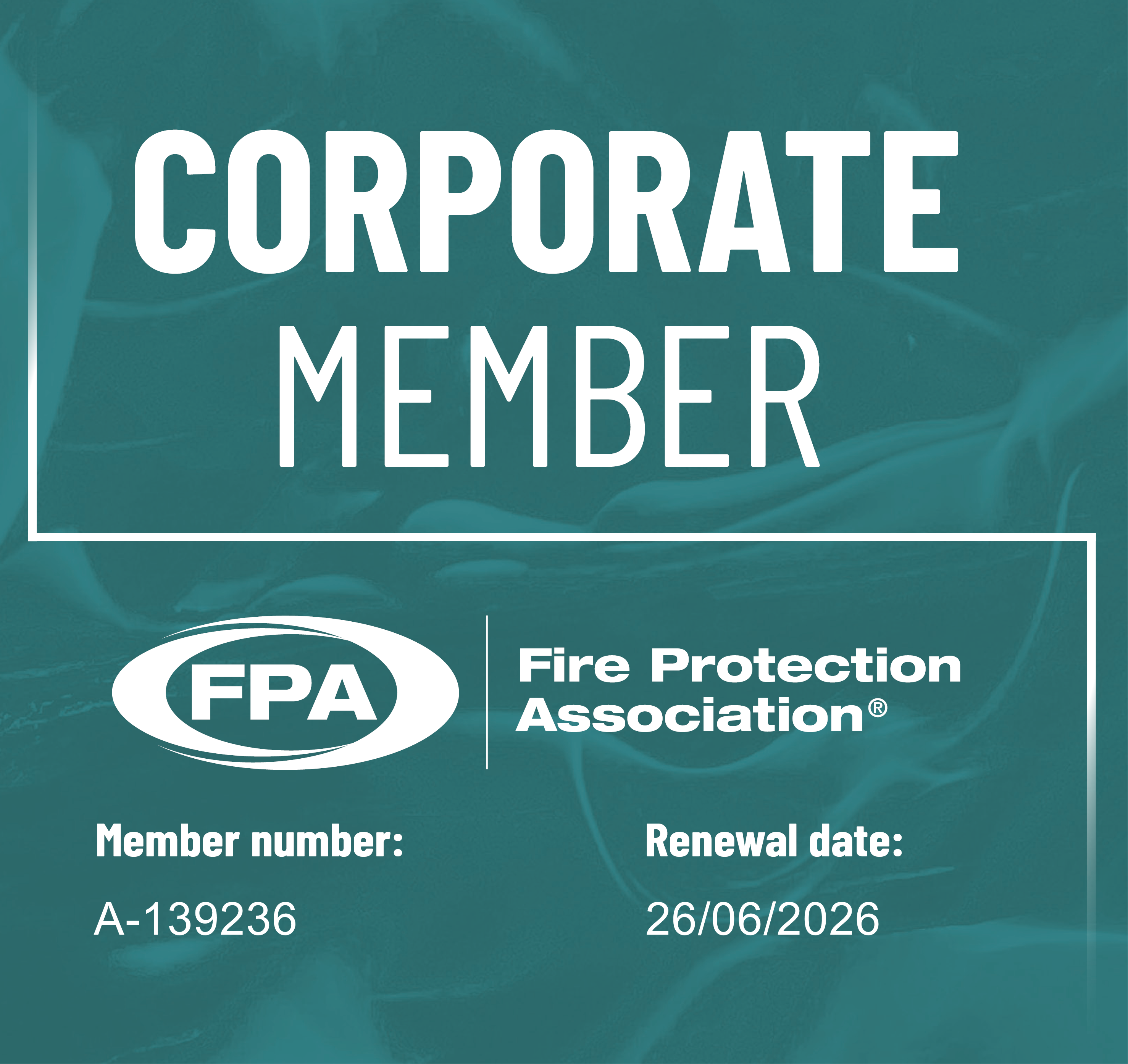
Ensure Compliance with the Fire Regulations
Online Quotation
Located Solihull, Birmingham Area.
Main areas covered include - Coventry, Stoke, Nottingham, Leicester, Stafford, Shrewsbury, Telford, Milton Keynes, Oxford, Luton, Uxbridge, Hemel Hempstead, Banbury. Gloucester, Wolverhampton, Worcester, Northampton, Derby, Hereford
See Genuine Valid Google Customer Reviews Below
Main Causes of Fires in the Workplace
Having inspected hundreds of premises over the years the main causes of fires below do not surprise me. However, this information is always a good starting point to give careful thought to the situation within your own premises. Some of the possible causes will be more applicable than others but a review of your premises/procedures is always a good thing to do.
Ensure that your staff have sufficient fire training as all of these causes could be avoided.
Main causes of fires by accident
According to the statistics provided by the Fire and Rescue Service about 65% causes of fires are by accident(these fires include all fires in buildings, vehicles, and outdoor structures OR fires involving casualties OR fires attended by five or more appliances).
This accident group can be divided into three sub groups.
1/ Careless actions
2/ Misuse of equipment and appliances
3/ Defective equipment.
Carelessness is a major cause of fires, for example not turning heaters off or leaving combustible materials or substances near to sources of heat. I have often seen highly flammable thinners,aerosols left in highly vulnerable locations when they should be stored within the COSHH cabinet. Therefore it is essential that your staff are fully informed,educated, trained and if necessary controlled/managed to ensure fires are not caused by carelessness.
In fact, The Regulatory (Fire Safety) Reform Order 2005 requires that the Responsible Person ensures that the staff are provided with adequate fire safety training covering appropriate precautions and actions to ensure to safeguard the employee and others on the premises.
People inadvertently and deliberately misuse equipment. For example, if you were to overate the fuse to an electrical item you have deliberately misused the equipment, however, if you accidentally pushed a paper item down the side of an electrical item blocking the vent you have inadvertently misused the equipment.
Defective Equipment
I have often seen equipment such as machinery and electrical equipment which obviously appears that it has not been maintained for a considerable time. Defective equipment may lead to heat generation which could at some point ignite combustible materials in close proximity. Ensure that equipment is regularly maintained and serviced.
Sources of Ignition
When carrying out a Fire Risk Assessment it is crucial that I identify the sources of ignition such as heaters and electrical equipment and the risks of these starting a fire as these are main causes of fires
Some of the common sources of ignition are -
Sparks from welding and grinding equipment
Oxy-acetylene equipment.
Fixed or portable heaters.
Cooking equipment
Electrical faults
Static Electricity
Non intrinsically safe equipment used in a flammable atmosphere
Radiated heat from a legitimate heat source ie light bulb.
Soldering irons or hot glue guns.
Smokers Materials.
Causes of Fires - Electrical Appliances and Installations.
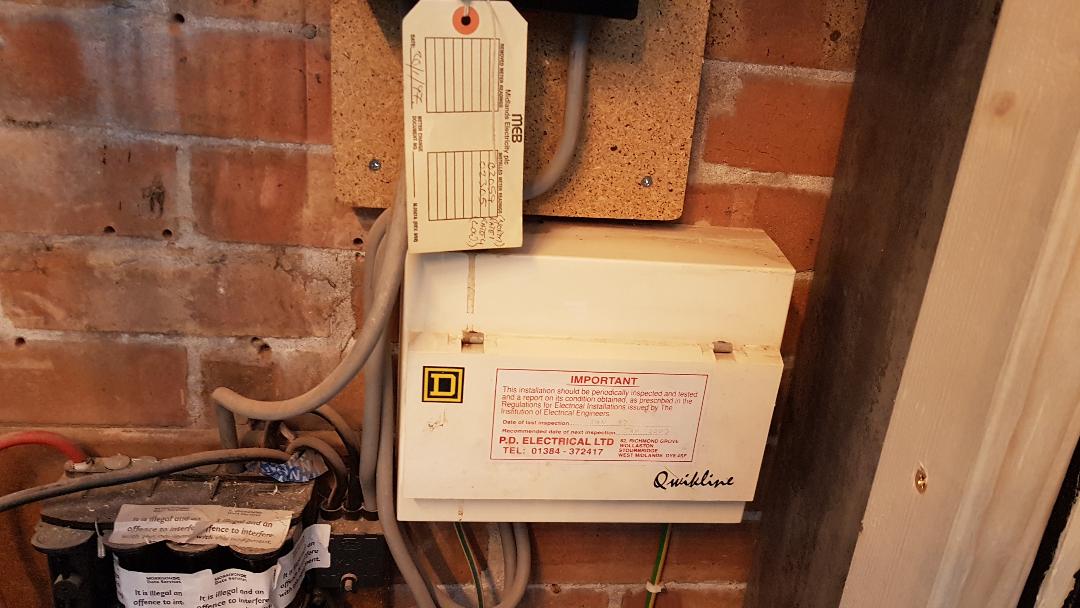
Electrical appliances and electrical fixed wiring should be regularly tested as faulty equipment will be a source of ignition. For full details regarding Fire Safety for electrical items and testing see How to Prevent Electrical Fires in the Workplace
Other Main Causes of Fire
Lightning Strike
There is always the potential for a lightning strike particulary if the building is tall or premises on high rural ground. Lightning strikes would be a source of ignition for process chemical plants or tank farms that contain flammable liquids. Lightning protection systems should be installed and regularly maintained.
Cooking
Kitchens are an obvious area where there is a fire risk. There are risks whether it be a small office kitchen or a full restaurant kitchen catering for 200 people. The major causes of fire within kitchens are -
Food left unattended on the cooker
Clothes left to dry over heat source.
Electrical items left on and unattended and faulty electrical appliances.
Spillages of flammable oils near to heat sources.
Deep fat frying. Use a thermostatically controlled pan. Never leave this type of equipment unattended.
For full details on Fire safety within the kitchen.
Heating and Lighting.
From my own experience it is quite common to see heaters and lighting in close proximity to combustible materials.
Major causes of fire from heating and lighting -
Placing portable heaters in close proximity to combustible materials and covering air vents on heaters with combustible materials.
Halogen type lighting produces very high heat levels and should always be a distance from combustible materials.
The fire within Windsor Castle in 1992 was caused by a curtain being in contact with a temporarily installed halogen light.
Non intrinsically safe lighting used within a flammable atmosphere.
Smoking
Smoke-free legislation was introduced in England in 2007, banning smoking in nearly all enclosed workplaces and public spaces, following similar bans in Scotland and Wales. Local authorities are responsible for enforcing the legislation. However there is now more chance of illicit smoking with increased risk.
For details see Fire Safety for Smoking.
Sources of Fuel
The most common source of fuel in most premises is paper and cardboard. I have found this particularly in working environments that involves packing and unpacking goods and large offices.
For full information see Housekeeping
Fixtures/Fittings and Furniture
Many people including business owners and Fire Safety Professionals do not realise that the Furniture and Furnishings (Fire Safety) Regulations 1988 does not apply to furniture designed for the workplace. Some manufactures of soft furnishings for use in the workplace do voluntarily follow the requirement, even though there is no legal obligation to comply. Inspect your to determine if your soft furnishings comply with the regulations, especially if there are ignition sources in close proximity to the furnishings.
Building Structure Materials
The most common building materials are brick, concrete, metal, timber and sealants. Wood is of course flammable but is dense and requires a large amount of energy to ignite it. Wood structures/fittings that are close to major sources of ignition, for example used for decorative purposes within a restaurant should be treated so as to be fire retardant.
I have often seen flammable builders foam used for fire stopping within structures in error. If a sealant is used within a fire resistant structure for fire stopping ensure it is an intumescent type.
Prevent Arson within the Workplace.
Arson remains the largest single cause of fire in England and Wales and research has estimated that the overall annual cost of arson to the economy in this area is around £2.53 billion. The human cost has also been high. In the last decade there have been around 2.3 million deliberate fires resulting in over 25,000 injuries and over 900 deaths.
In an average week in England, arson results in:-
1600 deliberately set primary fires, 50 injuries, and 2 deaths. There were 4,950 deliberate fires in non-dwelling premises during the 2013-2014 period.
Fire Safety - Dangerous Substances within the Workplace.
Gas cylinders - There are some basic very important requirements when storing gas cylinders within the workplace to minimise the risk of explosion/fire. For full details see Guide to Dangerous Substances.
Flammable liquids/substances.
If your business uses and stores flammable/hazardous substances you will need to adhere to COSHH regulations. For full details see Guide to Dangerous Substances.
Useful Information Links
The Regulatory Reform (Fire Safety) Order 2005 - The full Government document.
